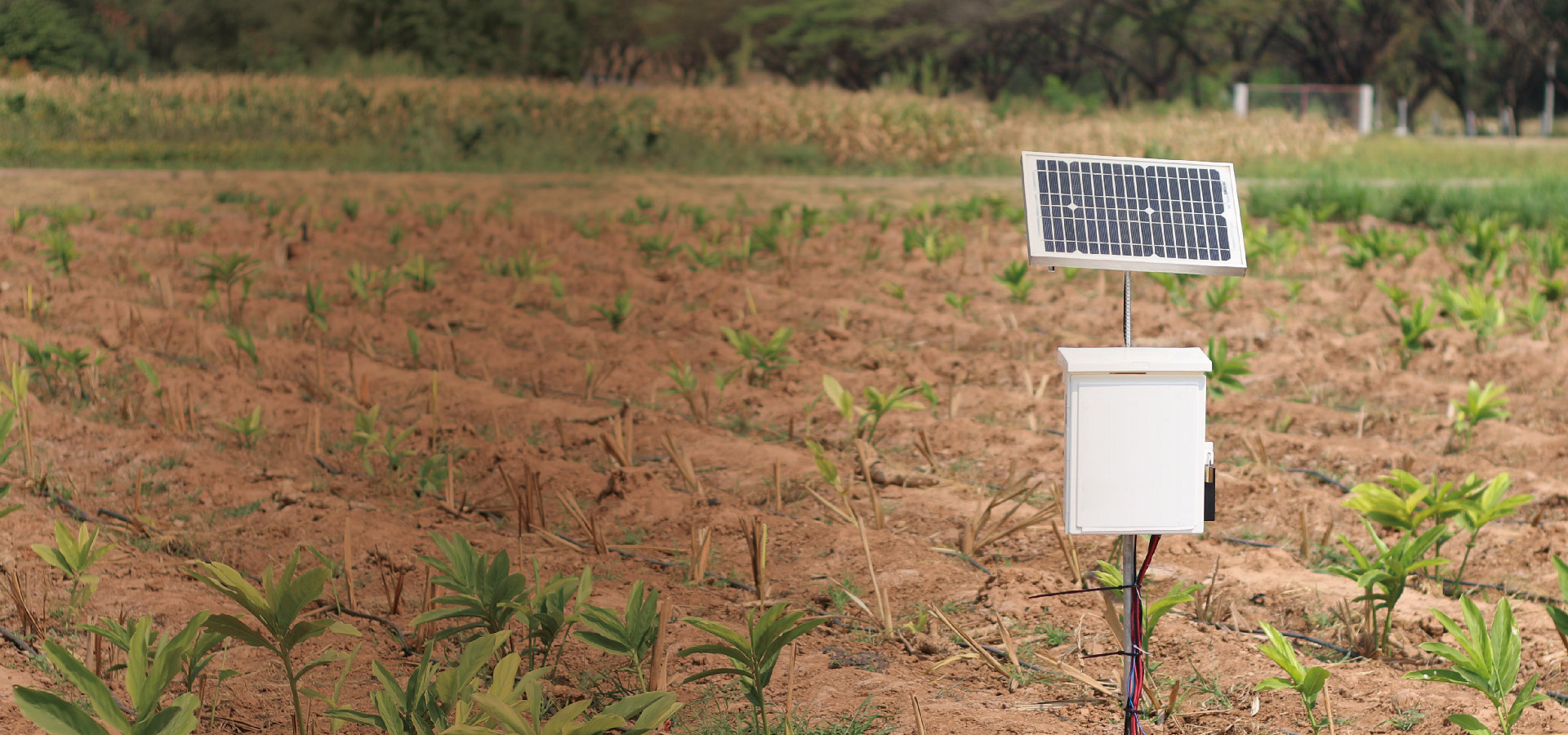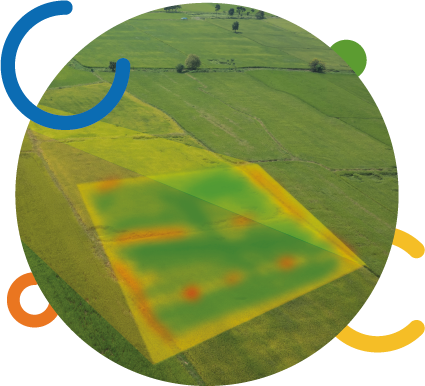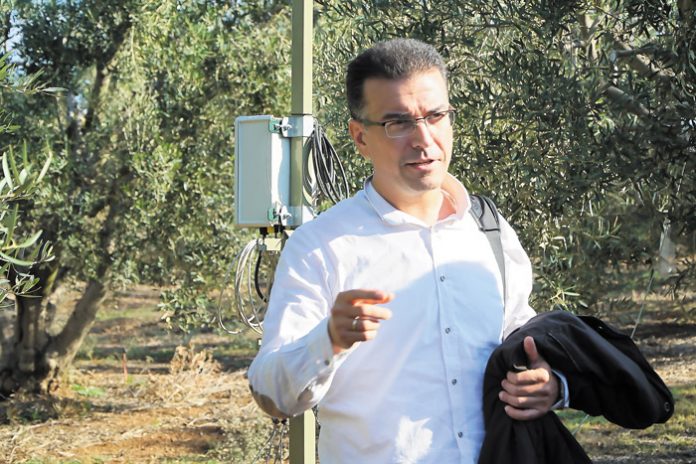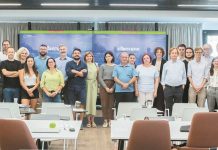Can you tell us in simple terms what smart agriculture is?
For each of his crops, a farmer usually applies the same fertiliser regime, the same irrigation and the same plant protection spraying programme each year, with no field-to-field variations. In other words, based on their experience and possibly imitating others, they have come up with a protocol of applications for each of their crops, which is applied equally and without any shift, every season.
However, the water and fertiliser needs of plants, as well as the elements that threaten them, vary according to the atmospheric and soil conditions. In every different field and every different year, sprays need to be changed because the risk of fungals or insects depends on the atmospheric conditions and other epidemiological factors that also constantly change. The same applies to irrigation and fertilisation.
 When the same cultivation practices are applied, cultivation does not achieve the best possible performance. Usually, more fertilisers are wasted, as well as medicines and water, putting further burdens on producer’s finances and the environment.
When the same cultivation practices are applied, cultivation does not achieve the best possible performance. Usually, more fertilisers are wasted, as well as medicines and water, putting further burdens on producer’s finances and the environment.
Smart farming offers a different way: the farmer is able to decide when, where, the quantity, and how to apply fertilisers, irrigations and medicines taking into account the atmospheric and soil conditions, which determine the exact needs of cultivation at any time.
In this way, the fertiliser that each crop needs is applied depending on the field, the watering is done at the right time depending on the type of soil and the prevailing atmospheric conditions, and the sprays to face enemies are applied, precisely when there is a risk. This results in reducing input quantities, increasing production, protecting crops better and improving crop quality.
Smart farming takes advantage of information technologies to collect all this data and also uses technologies that make use of the available knowledge of specialists such as soil scientists, compostologists, phytopathologists, plant physiologists, agricultural engineers, entomologists, etc. to process data and provide appropriate indications of the actions needed to be taken in the field.
You represent Neuropublic, which in cooperation with GAIA EPIXEIREIN, has created the smart gaiasense farming system. But what exactly is gaiasense? Is it a device that a farmer can buy and put it on his field or on his tractor?
No. Gaiasense is not an individual device. It’s not an individual application for a mobile phone or a computer. It is a multi-dimensional integrated system that includes many different devices, various mobile and computer applications, computing centres that continuously collect data from the fields, satellites, tractors, special agronomists and the farmers themselves. In addition, data is collected from expert scientists who offer their knowledge in gaiasense but also learn from it, from laboratories that perform analyses on samples taken from the fields, and agricultural advisors who have specialised in gaiasense smart farming.
 It’s all together. For the farmer, however, it is simply a subscription service, which they can use by paying only a few euros per hectare every year. By making a simple subscription to the service, a farmer can use all of these gaiasense technology tools and research scientists, without having to invest and buy special technology equipment themselves.
It’s all together. For the farmer, however, it is simply a subscription service, which they can use by paying only a few euros per hectare every year. By making a simple subscription to the service, a farmer can use all of these gaiasense technology tools and research scientists, without having to invest and buy special technology equipment themselves.
So are you saying that there is no need to get technological equipment in every field for which gaiasense services are provided?
The great innovation of gaiasense is that first and foremost, it is a smart farming system that collects data from all sources, i.e. sensors in the field and on the tractor, satellites, agronomists and the farmer themselves. On the other hand, the installation and operation of the required technological equipment is done centrally, with the company being responsible for the construction, installation and uninterrupted operation of the system.
In this way, we create technological infrastructure that includes, among others, sensors that we put into the fields. But because we do it centrally, we can put sensors in representative fields of an area and with the data we collect from them, the system gives personalised information about what the state of the crop is in each field within the area of the sensor network coverage .
For instance, in an area of 10.000 hectares, we can have only 20 sensor points and cover 1,000 different fields within that area. With this innovative approach, we reduce the technology costs significantly, and therefore every farmer can use the service, no matter how small their field is. Depending on the acres they cultivate, they pay a low annual subscription and do not take any risk, since they do not need to buy and invest in expensive technology equipment.
If I were a farmer and wanted to use gaiasense for the next growing season, how could I go about it?
At the moment, gaiasense sensor technology infrastructure covers a total area of 20.000 hectares in 12 different regions of Greece. In the course of 2018, however, a highly aggressive investment will be made and the covered area will expand.
So, it’s highly possible that your fields will be in an area that will be within our network coverage in 2018. You can simply visit the gaiasense website and fill in your contact information and we will let you know about the possibilities that you have.
Publication Date: 29/12/2017









